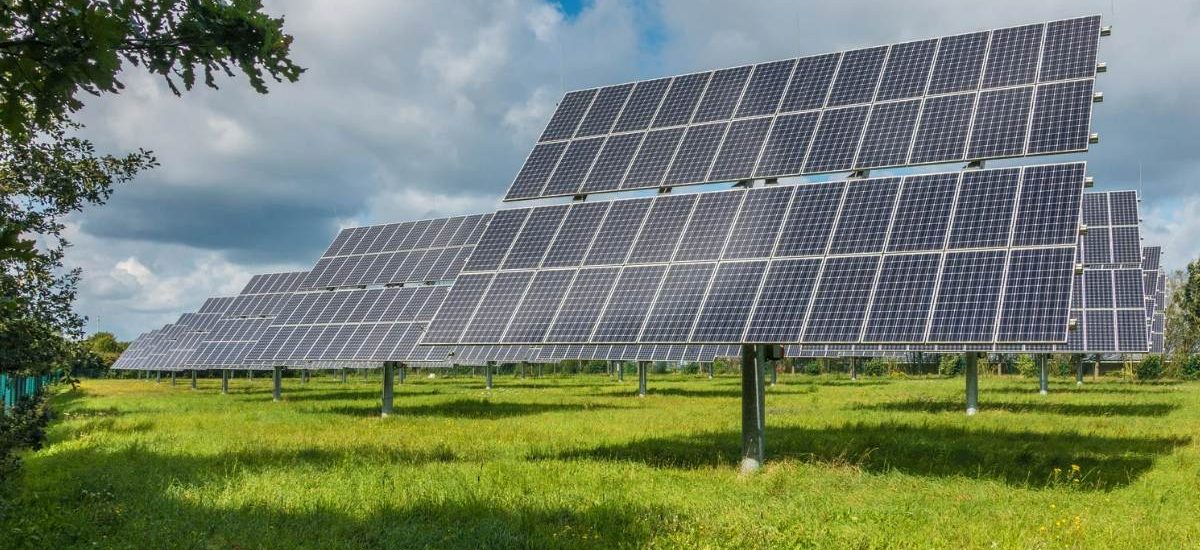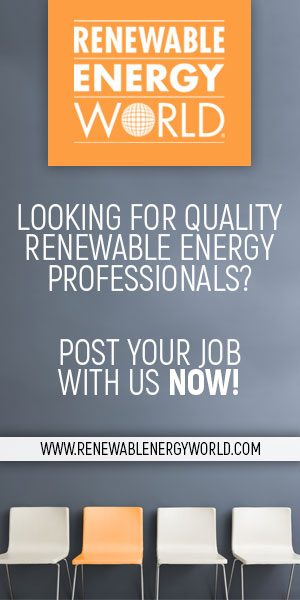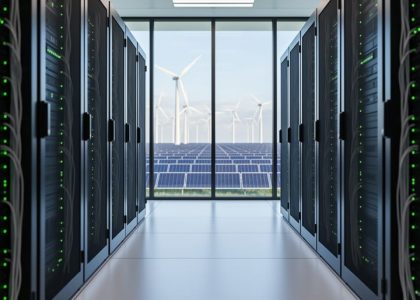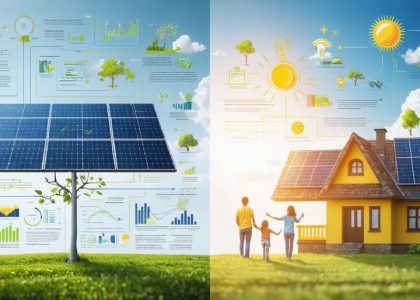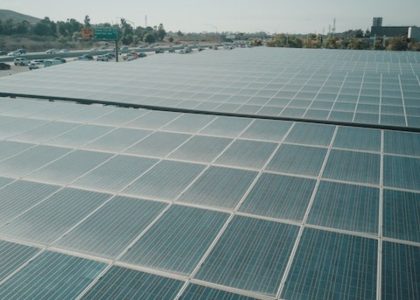When we talk about countries that make up the global renewable energy market, Serbia is not left out. Like any other market, the solar power industry in Serbia has manufacturers, solar distributors, wholesalers, retailers, and consumers. All parties depend on each other to thrive and facilitate the production, sales, and consumption of solar energy products.
Our focus is the solar distributors in Serbia, and there’s much to know about them. Before we begin, let’s look at the energy situation and solar market in Serbia.
Where Does Serbia Get Its Energy From?
Serbia gets its energy from three sources, namely fossil fuels, hydro, and renewable energy sources. The main utility company in the country, Elektroprivreda Srbije, has a total capacity of 7,662 megawatts that produces roughly 39 terawatts of electricity annually. From this figure, a significant portion (4,390 MW) comes from its lignite thermal power plants, 336 MW from gas and liquid fuel power plants, and 2,936 MW from hydropower stations. In addition, there’s an additional 500MW being generated from wind energy.
It’s fair to say solar energy is not yet popular in Serbia as it produces a meager o.o4% of the country’s total energy. However, it hasn’t escaped notice that the Serbian government wants to shift from coal to clean energy. In fact, the country aims to make green energy 50% of its total electricity production by 2040.
An Overview of the Solar Market & Industry in Serbia
A few years ago, auctions were held for solar and wind energy, the first of its kind in the country. This showed commitment to the transition to clean energy by the Serbian government. There were also expectations that any renewable energy project currently undergoing development would be finished following the regulations on generating clean energy.
The Serbian government announced that it would offer power production firms solar incentives to encourage and promote rooftop solar installations in the country. The government also announced that the companies selected for this benefit would be determined through the auctions. In addition, the Serbian minister for mining and energy announced that the government would introduce the net metering policy for renewable power systems.
Initially, the government pledged to increase its power contributions from renewable sources to 21.2%. However, they further elevated the target to 27%. The reasons for this positive development in Serbia are the surplus availability of renewable energy resources and the reduced costs of solar PV systems in the country. Since it’s now more economical to install solar systems in Serbia than some years ago, the government is encouraging Serbian households and business outfits to consider installing photovoltaic power systems on their buildings.
Why Solar Energy is Worth It in Serbia
There are several reasons why solar energy is becoming an attractive prospect in Serbia, and we’ll be looking at some of them.
Durability
Solar solutions or projects appeal massively in Serbia because they’re durable. According to research, the average lifespan of a solar panel is 20-25 years, while that of the battery and inverter is a decade. This means that purchasing and installing a solar system will take care of your energy needs for a long time, and this makes it a prudent investment for residential and industrial outfits.
Eco-Friendliness
Unlike fossil fuels, the major electricity source in Serbia, the solar system has no impact on the environment. Fossil fuel consumption emits carbon dioxide, which is a greenhouse gas, into the environment. This emission traps heat in the atmosphere and causes global warming. It doesn’t end there. The manufacturing process that refines petroleum into numerous products causes environmental degradation, air pollution, and water pollution. All these are not sustainable for the environment and have caused untold damage over a long period.
On the other hand, the solar system captures energy from the sun and converts it into usable electricity for the building. It leaves no residue on the environment, making it a great alternative source of electricity if we’re going to be mindful of environmental sustainability. The switch from fossil fuels to solar energy can mitigate environmental damage and reduce global warming.
Enhances Property Value
The installation of a photovoltaic system makes a home more valuable on the property market than a home relying on fossil fuel or grid electricity for its energy needs. This is because acquiring such homes means you’ll spend little to nothing on electricity bills. So, if you intend to put your home for sale and it has a solar system installed, it will sell quickly and fetch a great price for you.
Cost-Effective
Photovoltaic systems are considered cost-effective despite their not-so-affordable upfront costs because of their durability and the fact that they pay for themselves after some years. First of all, consider how much money you’ll save in energy bills over the period the solar PV systems will be a source of electricity supply for you. Secondly, consider the low maintenance costs and the absence of operating costs as well.
Low-Maintenance
It costs very little to maintain solar equipment on your property. The solar panels may require cleaning with a dry towel on their surface once every six months. The inverter and the battery may need replacement once every ten years. That’s all you have to do. Its maintenance is virtually stress-free.
Self-Reliance
When your electricity is not sourced from anywhere else but your rooftop, that’s pretty much the definition of self-reliance. This also benefits you greatly when there’s a power outage in your area of residence or the country as a whole because you’ll be unaffected. You can even earn from the installation of solar solutions on your property by exporting excess electricity back to the grid.
Reduces or Eliminates Energy Bills
If you have a hybrid or grid-tied system installed on your property, it will significantly reduce your energy bills. On the other hand, with an off-grid system, you won’t have to pay electricity bills again.
Factors Affecting the Cost of Solar Equipment in Serbia
The cost of purchasing and installing a solar project on your property varies based on many factors, and we’ll be discussing them.
Your Electricity Consumption
This is a no-brainer. The more energy you consume daily, the bigger the size of the solar system you’ll need to meet that demand. The larger the capacity of your solar PV system, the more expensive it will be. This determines how many solar panels you’ll need to install.
Size of Your Home & Business
This also affects the installation cost because larger homes or businesses will consume more electricity than their smaller counterparts. Someone who owns a 2-bedroom home won’t spend the same amount on solar installation as someone who owns a 4-bedroom house.
Type of Installation
If you’re going for rooftop solar installation, you’ll spend less than someone going for ground-mounted installation. The use of ground mounts will increase the costs of installation significantly.
Solar Company Installing the System
Just as various manufacturing brands place different price tags on their solar panels, various solar installers charge different fees for their solar solutions. To get favorable pricing on a company’s services, get estimates from several companies, compare them, and pick the best one for you.
What Are Solar Distributors?
Solar distributors are the middlemen between the solar manufacturing companies and the solar installers or retailers. It’s just like another industry where there’s a manufacturer, wholesaler, retailer, and consumer. To the average consumer, solar distributors are the least popular component of the solar energy value chain, but they play a very important role. Their function is to move the solar equipment from the manufacturing plants to the warehouses of the solar retailers, making it more accessible to solar shoppers like you and me.
The Importance of Solar Distributors in the Renewable Energy Industry
The significance of solar distributors is severely underemphasized. These people are responsible for making solar solutions available at the right place and at the right time. Thanks to solar distributors, solar installers or retailers are not saddled with transporting large amounts of solar products from solar power plants.
They don’t even need to stock up; they can simply wait for a consumer to hire them for an installation project before making an order from the distributor. This benefit is not just convenience for the solar installer; it also eliminates the cost of carrying solar products and running warehouses or storage facilities. The result of this is a lower price for the consumer. Imagine this market scenario without a solar distributor.
Solar distributors make solar products available to residential installers, utility-based installers, and industrial installers.
The Different Types of Solar Panels Being Distributed
Thin-Film Panels
Thin-film panels are manufactured with at least a single thin layer of photovoltaic material atop glass, metal, or plastic. It’s the cheapest solar panel on the market and also the least efficient panel. It has an efficiency rating of 19%.
True to their name, thin-film panels are very sleek and look like an extension of the building when installed on the roof. They’re very visually appealing and lightweight. They’re usually the best option for low-budget homeowners in Serbia. Despite their thin build and low cost, they’re the least popular type of panel being installed on properties.
Polycrystalline Panels
These panels are also referred to as hybrid panels or multi-crystalline panels. The PV board is made up of different silicon materials. It’s more expensive than thin-film panels but not as expensive as monocrystalline panels. Polycrystalline panels have an efficiency rating of 20%.
Unlike thin-film panels, polycrystalline panels are the most popular and commonly used panels. Polycrystalline panels are also visually appealing. They are blue in color, and they enhance the beauty of your roof. Unlike monocrystalline panels, they have a low tolerance to high temperatures. They’re also less durable.
Monocrystalline Panels
When it comes to durability and efficiency, monocrystalline panels are the best panels to install. These panels have an efficiency rating of 24%. However, they’re also the most expensive panels to install. This is because it’s made using a pure silicon crystal.
These panels have a lifespan that ranges between 25 and 40 years. The panels also have a higher heat tolerance, making them more suitable for sunny regions.
The Top Solar Distributors in Serbia
Energize Llc Belgrade
This company is a leading system supplier and integrator in the field of solar power. Energize was founded in 2012. Since then, its innovative solar solutions and offerings have shot it to the top of the food chain in Serbia.
The company’s offerings include:
- Solar power plants.
- Industrial energy storage systems.
- Applied solar technologies and solutions.
- Solar LED lighting systems (Novi sad).
- Manufacturing process protection.
- Electric vehicle charging.
- Industrial heating systems.
The company has four certifications.
Its contact information includes:
- Address: Bulevar vojvode Mišića 37, Beograd 11040, Serbia
- Phone: +381114055264
- Email: office@energize.rs
- Website: https://energize.rs/en/
- Working hours: 9 am – 5 pm (Monday – Friday)
Master Solar
This consummate solar solutions firm is involved in every piece of the pie. It was founded in 2010. The company started as an importer and distributor of solar equipment. However, in more recent years, it has evolved into a manufacturer that specializes in the production of PFM solar collectors. The company is also a leading installer in Serbia.
The company’s vast product catalog includes heating systems such as solar sets, hot water tanks, solar collectors, PV panels such as facade panels, glass panels, standard panels, plug-in panels, EV chargers, solar controllers, etc.
Its contact information includes:
- Address: Svetog Save 24, Beograd 11271, Serbia
- Phone: +381114000785
- Email: office@mastersolar.rs
- Website: https://www.mastersolar.rs/
- Working hours: 8:30 am – 4:30 pm (Mon – Fri)
In conclusion, Serbia is still a very young but promising market in the solar energy sector, with some fast-growing solar distributors.

